Six homes shortlisted for RIBA House of the Year 2023 award
By Josh Niland|
Thursday, Oct 26, 2023
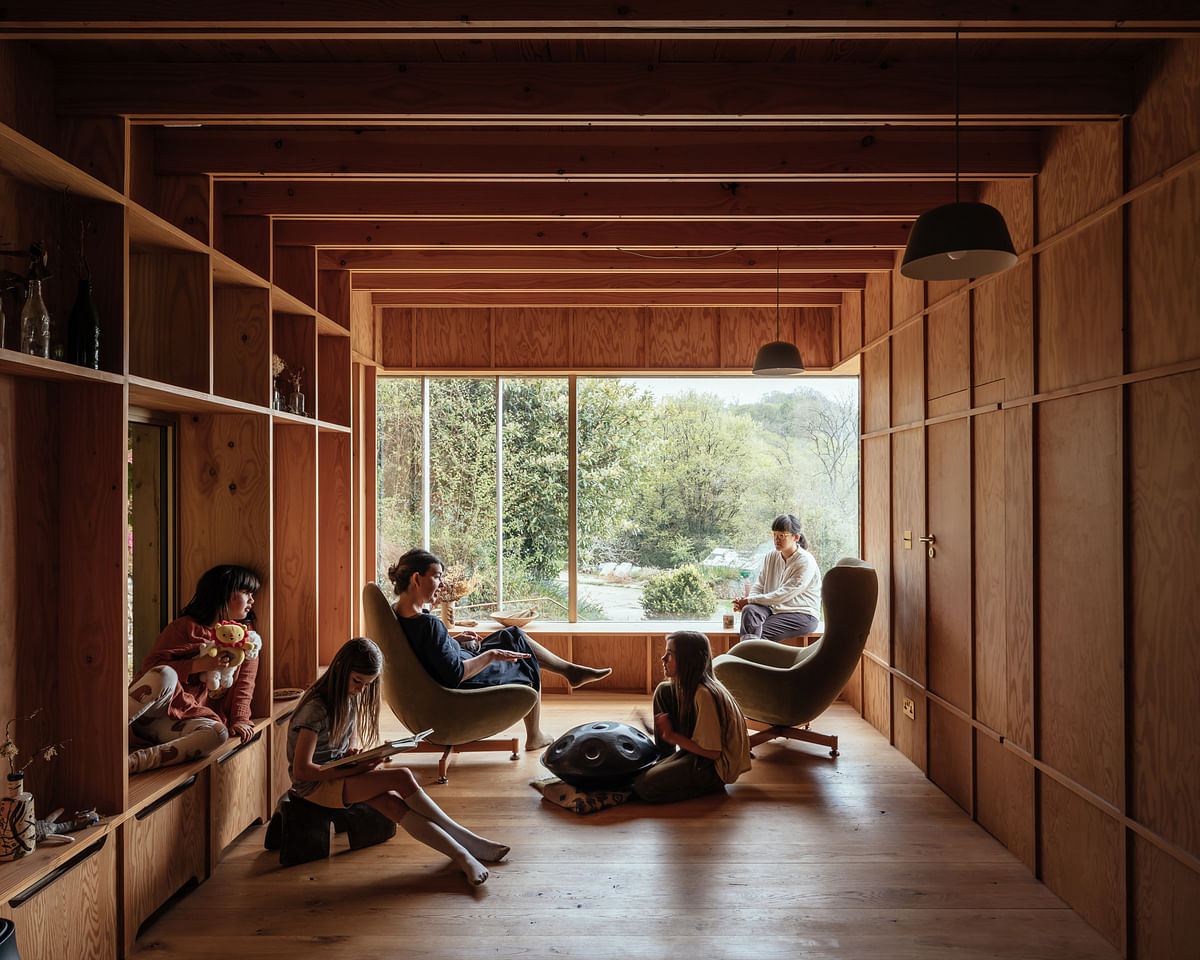
Related
RIBA has announced its shortlist for the House of the Year 2023 competition, highlighting six transformative residential projects that are equally unique and responsive to the building and design industry’s need for change.
Judges for this year’s contest included Dido Milne, Director of CSK Architects; Bev Dockray, co-founder of Coppin Dockray Architects; Jessam Al-Jawad, Director and co-founder of multi-disciplinary architecture studio Al-Jawad Pike; and Albert Hill of The Modern House and Inigo.
"This year’s RIBA House of the Year shortlist includes a range of exciting new typologies, including a rethink of the family terraced house and a model for collective rural living," jury Chair Milne said in a statement. "Here we have everything; from homes inserted into tight urban sites and new life breathed into existing structures, to detached rural homes where the architect has been given free rein to reimagine the baronial hall or lakeside retreat. Localism is a recurring theme, with architects engaging with the local vernacular without being slaves to tradition, and local sourcing of materials targeting both embodied and operational carbon to deliver genuinely sustainable design."
"The most notable aspect this year, however, is the power of ‘collaboration’ to deliver great buildings. The fundamental importance of the client and architect relationship is evident in all the shortlisted projects which demonstrate how an architect can bring a client's dreams to life," Milne continued.
A winner will be announced on November 30. The full shortlist can be viewed below
Cowshed, South Devon by David Kohn Architects


Jury citation: "Comprising an artist’s studio, office, and generous living space, this project breathes new life into a former agricultural building.The owners have spent the last 15 years creating a community of homes in a farm compound, with Cowshed the last to be completed. Almost all of the 1970s agricultural structure has been retained while economical materials, including locally sourced concrete blocks and cedar form a nearby estate, have been elevated through careful use. Playful details include the reuse of lights previously used to warm calves, while carefully positioned windows with colourful reveals reference the owner’s artwork, injecting colour into the pared-back structure."
Green House, Tottenham, London by Hayhurst & Co
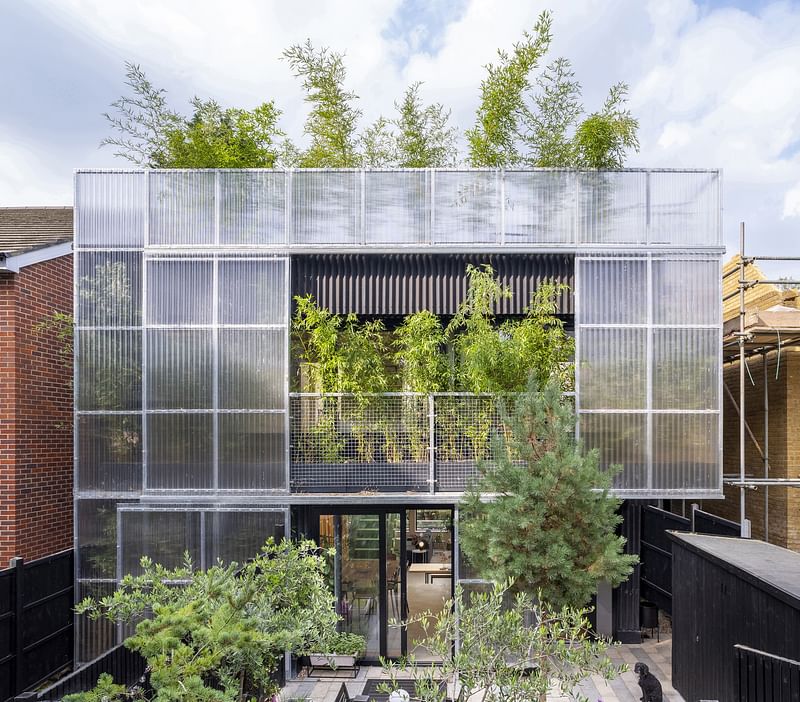
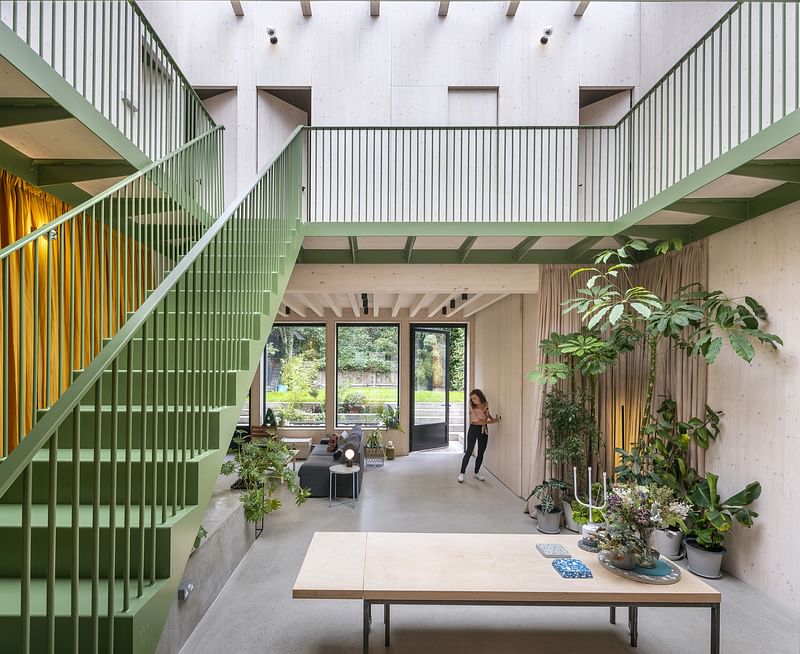
Jury citation: "Tucked away down an alley in London’s Tottenham, this exceptional five-bedroom house blurs boundaries between inside and outdoor spaces. A ‘riad’ style central atrium, bamboo and sliding polycarbonate screens, reference the greenhouses that once stood on the site, while double-aspect views to the gardens and a roof terrace further emphasise the connection to nature. A simple block form plan and creative use of sustainable materials inform the aesthetic, providing generous space and light within the modest budget."
Hundred Acre Wood, Argyll and Bute, Scotland by Denizen Works
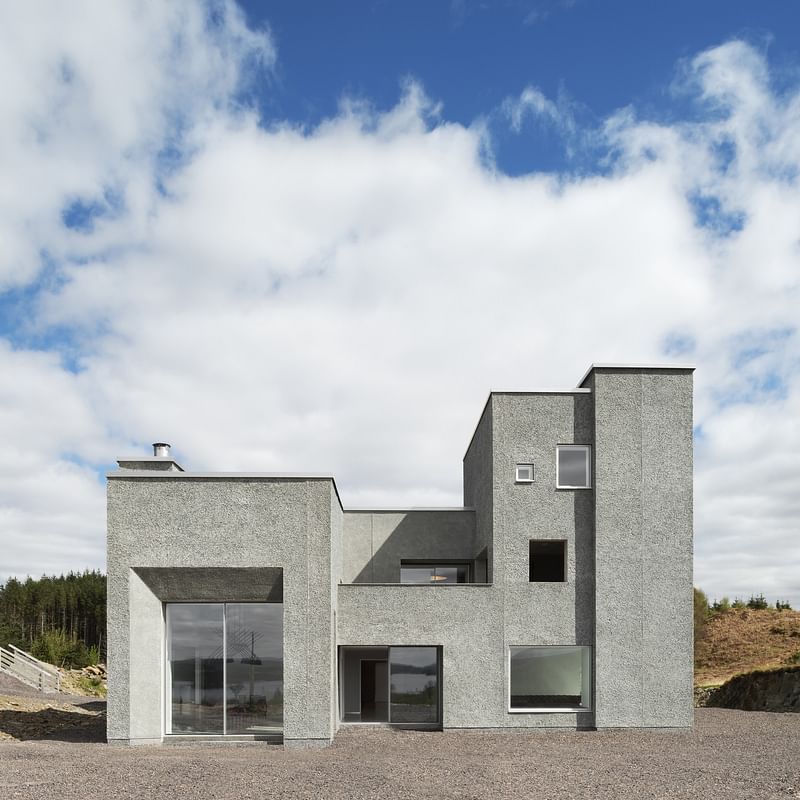

Jury citation: "Paying homage to Scotland’s baronial castles, brochs and tower houses, this silver-grey building, has a sculptural quality. Hunkered into its dramatic setting on the banks of Loch Awe it offers a retreat from the elements. Appearing ancient and new at the same time, unique interventions include a textured façade made from crushed TV screens - a playful nod to the homeowner’s dislike of TV. A two-meter-wide rooflight lined in gold leaf fills a huge central hall with warm light, while enlarged window frames carefully curate views across the landscape and thick walls with deep reveals add to the spectacular fortress-like appearance."
Made of Sand, Devon by Studio Weave
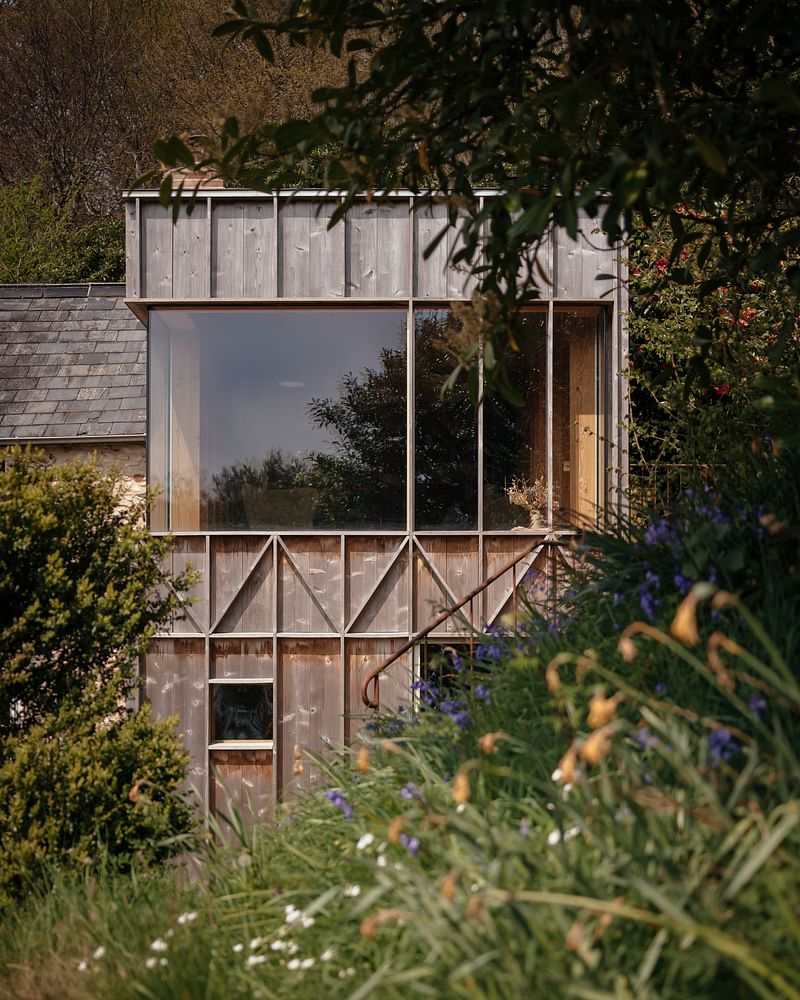

Jury citation: "This two-story annex sensitively extends a Devonshire stone cottage, creating a space to connect with nature and art. Working with local craftsmen, traditional methods have been delicately blended with contemporary design to create a calming environment to rest and creatively recharge. The heavily insulated timber frame is exposed both internally and externally while Western Red Cedar cladding and panels of Douglas fir on the interior, anchor the property in the surrounding hills. The warm palette continues throughout with handmade terracotta floor tiles and rust-coloured plaster walls seamlessly bringing together the existing and new structures."
Middle Avenue, Farnham by Rural Office

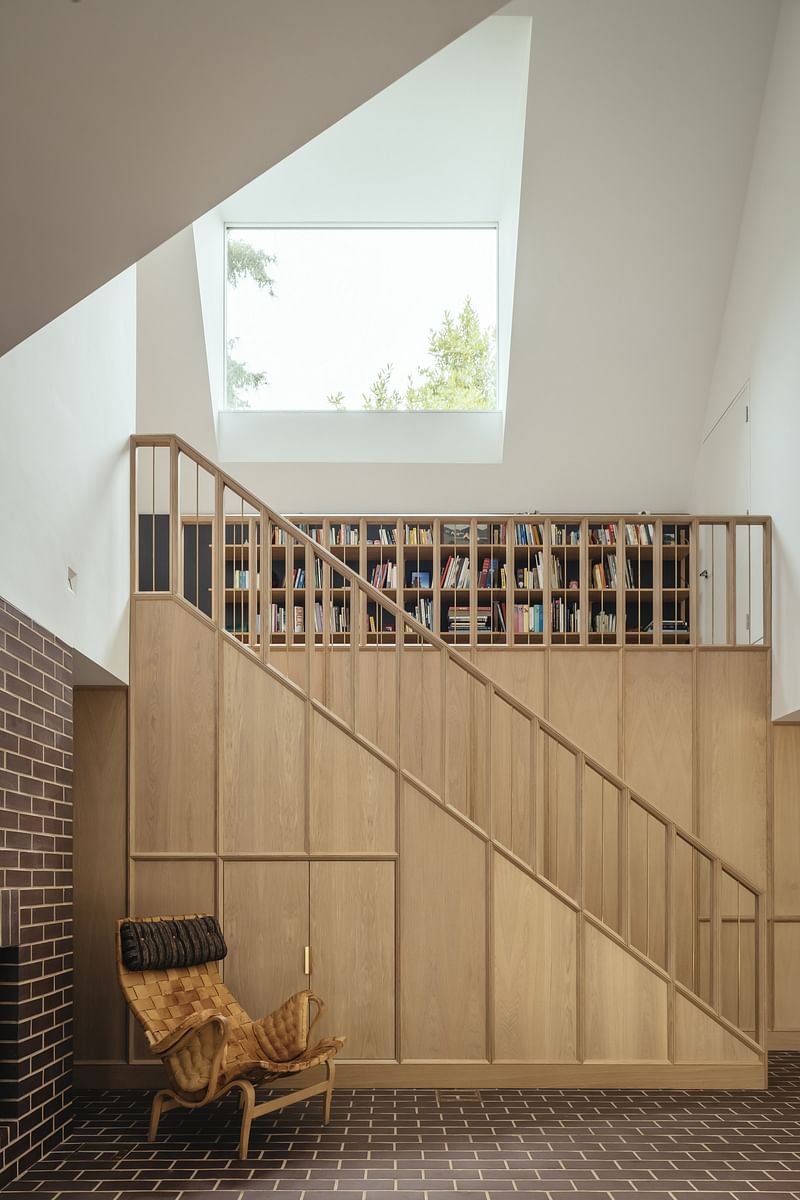
Jury citation: "Replacing an inter-war bungalow in a Conservation Area, this contemporary home succeeds in perfectly connecting with the vernacular of its Surrey village setting. Meticulous research is evident in details such as the steeply pitched roof and white gables, the asymmetric design reflecting the aesthetic of the Arts and Crafts movement. Covered in handmade red clay Keymer tiles, the building forms a natural sequence with the others in the conservation area. The rigour of the architectural detailing and craftsmanship are evident throughout."
Saltmarsh House, Isle of Wight by Niall McLaughlin Architects


Jury citation: "A pyramidal copper roof with a crisp minimalist eavesdrop edge, seems to hover above an intricate glass pavilion, taking reference from the repeating pitched-roofed glasshouses that once graced the same grounds. Large windows provide uninterrupted harbour views, the use of glass and steel create a sense of lightness and transparency that blends seamlessly into the surroundings."
The RIBA House of the Year award was established in 2013 and is awarded to the best new house or house extension designed by an architect in the UK. Previous winners include David Kohn Architects for The Red House (2022), Alison Brooks Architects for House on the Hill (2021), McGonigle McGrath for House Lessans (2019), HaysomWard Miller for Lochside House (2018), Richard Murphy Architects for Murphy House (2016), Skene Catling de la Peña for Flint House (2015), Loyn & Co for Stormy Castle (2014), and Carl Turner Architects for Slip House (2013).

RELATED NEWS RIBA reveals 20-strong longlist for the 2023 House of the Year award

RELATED NEWS The Red House by David Kohn Architects named RIBA House of the Year for 2022


Share
0 Comments
Comment as :